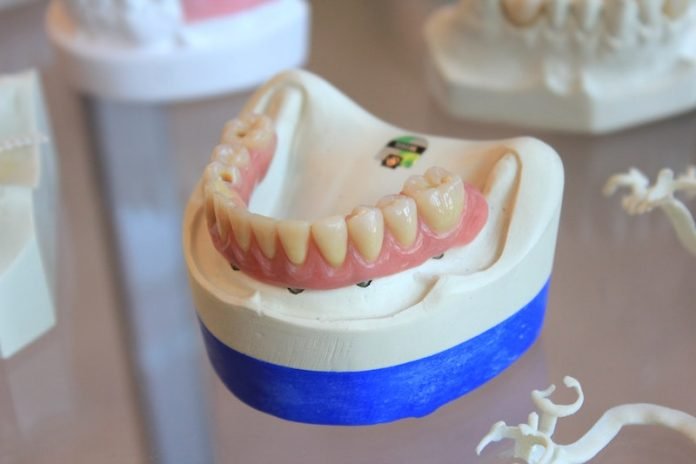
In a new study, researchers found that pathogens found in tissues that surround the teeth contribute to a highly aggressive type of oral cancer.
In addition, they showed that oral cancer formation mediated by the pathogens can be inhibited by a bacteriocin—an antimicrobial and probiotic peptide that is produced by bacteria.
The research was conducted by a team of the University of California, San Francisco.
Head and neck squamous cell carcinoma (HNSCC) is one of the most common cancers worldwide.
Oral squamous cell carcinoma (OSCC), a type of HNSCC, accounts for 90% of all oral cancers, and it has a poor five-year survival rate that has not changed in decades.
Risk factors, including smoking, alcohol drinking, and human papillomavirus (HPV) infection, alone have not been sufficient to explain the aggressive nature of OSCC.
Other factors such as oral pathogens may play an important role in tumor development, progression and metastasis, yet this has not been well explored.
In the study, the team tested whether oral cancer is induced by periodontal pathogens (i.e., those affecting the structures surrounding and supporting the teeth).
They found that three types of periodontal pathogens (Porphyromonas gingivalis, Treponema denticola, and Fusobacterium nucleatum) enhanced OSCC tumor formation.
But the processes were inhibited by treatment with nisin—a bacteriocin and a commonly used food preservative.
According to the team, these findings offer the first direct evidence that a bacteriocin inhibits oral cancer formation mediated by periodontal pathogens.
Moreover, they suggest that nisin could have broad therapeutic potential as an antimicrobial and anticancer agent, and as an inhibitor of pathogen-mediated cancer formation.
These results could advance treatment for oral cancer and establish a novel paradigm for cancer treatment focused on antimicrobial-based therapies.
One author of the study is Yvonne Kapila.
The study is published in PLOS Pathogens.
Copyright © 2020 Knowridge Science Report. All rights reserved.



